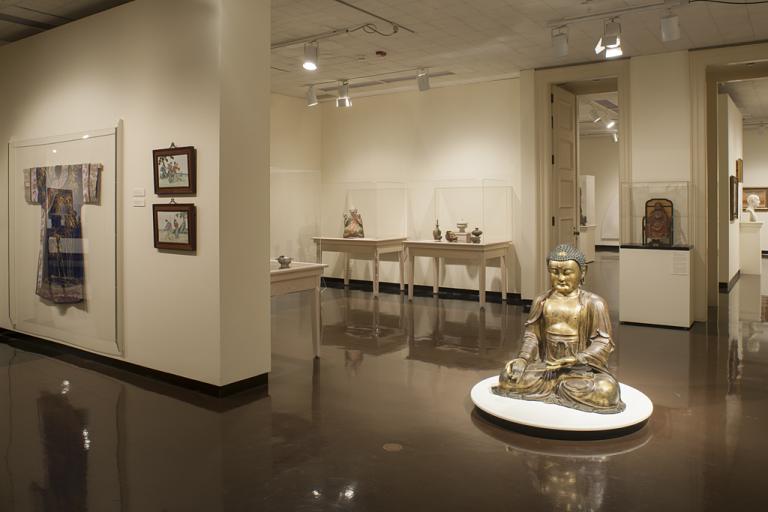Bamboo and Chrysanthemums, Yamamoto Baiitsu
Artwork Overview
Yamamoto Baiitsu, artist
1783–1856
Bamboo and Chrysanthemums,
early 1800s, Edo period (1600–1868)
Where object was made: Japan
Material/technique: color; ink; silk
Dimensions:
Image Dimensions Height/Width (Height x Width): 125.6 x 56.7 cm
Image Dimensions Height/Width (Height x Width): 49 7/16 x 22 5/16 in
Mount Dimensions (Height x Width x Depth): 198.1 x 71.3 cm
Mount Dimensions (Height x Width x Depth): 78 x 28 1/16 in
Image Dimensions Height/Width (Height x Width): 125.6 x 56.7 cm
Image Dimensions Height/Width (Height x Width): 49 7/16 x 22 5/16 in
Mount Dimensions (Height x Width x Depth): 198.1 x 71.3 cm
Mount Dimensions (Height x Width x Depth): 78 x 28 1/16 in
Credit line: Museum purchase
Accession number: 1986.0049
Not on display
If you wish to reproduce this image, please submit an image request




